I met Dick Wagner in 1976. I was fresh out of college, living in Seattle, and boatless; Dick and his wife Colleen ran a boat livery out of their home on Lake Union. Their home is indeed on Lake Union: It’s a white clapboard-sided houseboat afloat on a raft of western red cedar logs. In their watery “back yard” they kept a half dozen or so rowing skiffs, mostly lapstrake White Bear skiffs. I rented one of the skiffs for an hour and took Mary Ann, my girlfriend then, out for a tour of the lake. When we returned, Dick was ready to help us in. I wanted to impress Mary Ann with my rowing skills and started sculling the boat sideways toward the dock where Dick was waiting. I knew how sculling was supposed to work, and had tried it on occasion, but I wasn’t very good at it. I wagged the starboard oar back and forth but that didn’t slide the skiff to port. I’d had my chance, blown it, but kept wagging. Dick rolled his eyes and said: “Hand me an oar.” I extended the port oar to him and he pulled us in. I came away from my first meeting with Dick with some important lessons: pride goeth before a fall; a waterman is businesslike, not frivolous; and if you’re going to show off, you have to be really good. The center's main building is anchored on Lake Union surrounded by a fleet of wooden boats. The site for the new education center is marked by a green fence to the right of the boatshop roof in the background.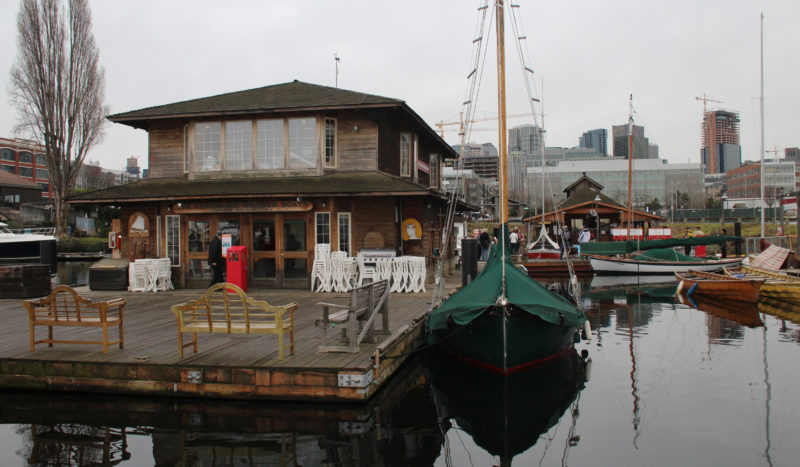
Join The Conversation
We welcome your comments about this article. To include a photo with your remarks, click Choose File below the Comment box.



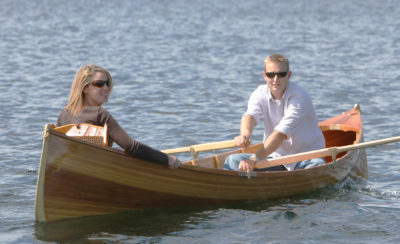
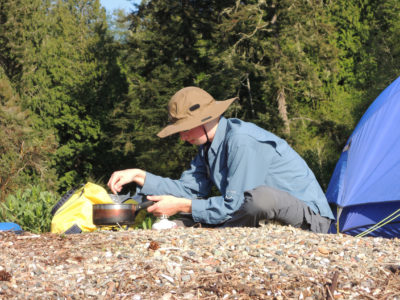
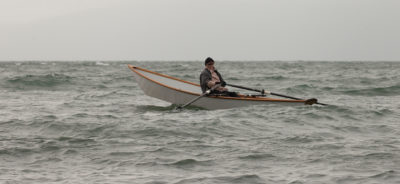


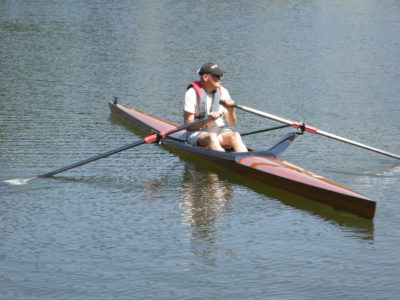
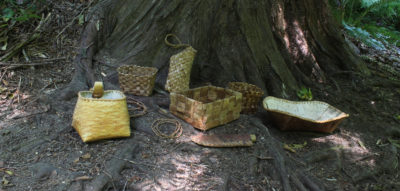

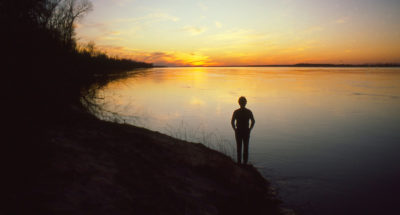

I’m so excited to see the ground finally broken for the Education Center and so proud of my cousin, Colleen, and her husband for their priceless contributions to the Center for Wooden Boats. My heartiest congratulations to them from California!